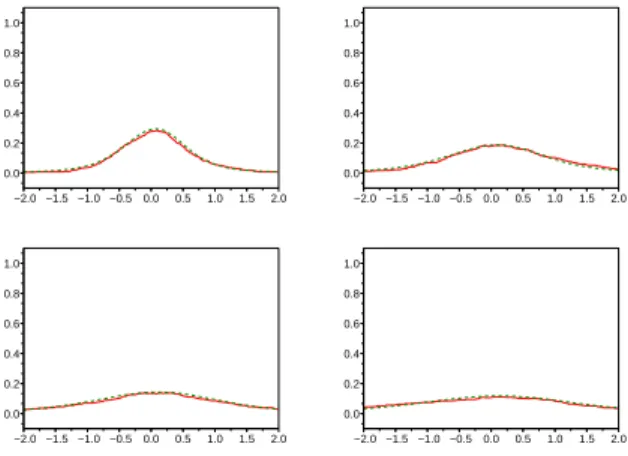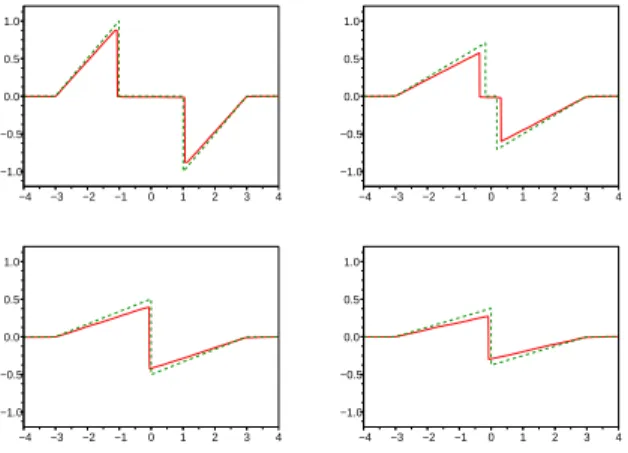Convergence of a stochastic particle approximation for fractional scalar conservation laws
Texte intégral
Figure




Documents relatifs
Figure 1: a) Laser cladding process using coaxial injection of powders, b) Influence of coefficients of thermal expansion (CTE) on the residual stresses (ad: CTE of the coating, as:
Or, non seulement la connaissance de l’effet des aérosols sur le rayonnement terrestre est indispensable à l’évaluation de leur forçage radiatif total, mais la
• Arnaud Debussche et Julien Vovelle [ DV10b ] ou [ DV14 ] pour leur article de référence, base de réflexion pour mon mémoire de M2 et origine de cette thèse « Scalar
We prove that a class of weighted semilinear reaction diffusion equations on R" generates gradient-like semiflows on the Banach space of bounded uniformly continuous functions
Our result is applied to the convergence of the finite volume method in the companion paper (Dotti and Vovelle in Convergence of the finite volume method for scalar conservation
Despite the small size of some datasets, U-Net, Mask R- CNN, RefineNet and SegNet produce quite good segmentation of cross-section.. RefineNet is better in general but it
Rietveld refinements evidenced the continuous decrease of both Fe-(Se,S) bond length and Fe-(Se,S) height with sulfur content in Tl 1−y Fe 2−z (Se 1−x S x ) 2. As
Peleg and Peters investigate exactly and strongly consistent social choice functions, i.e., social choice functions that have for each profile of (true) preferences a strong
